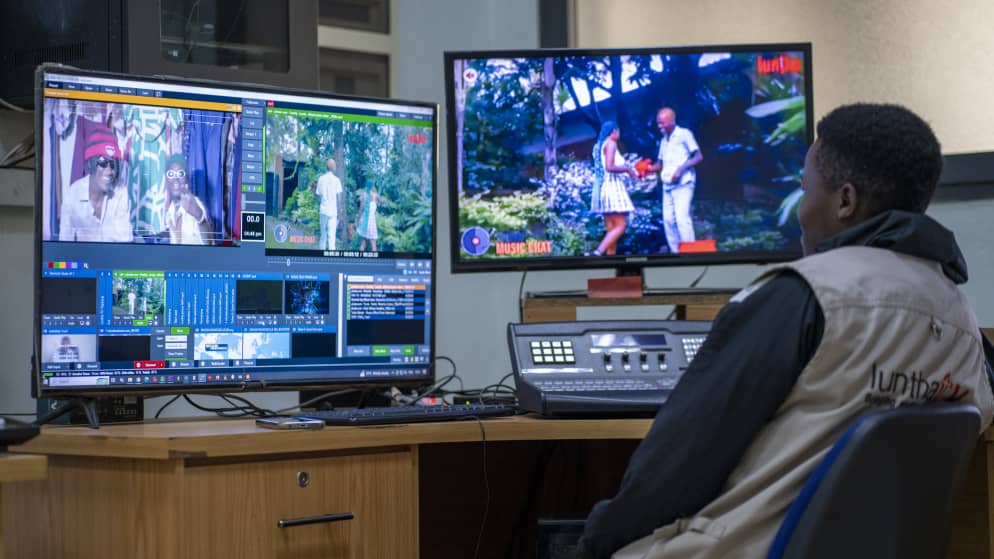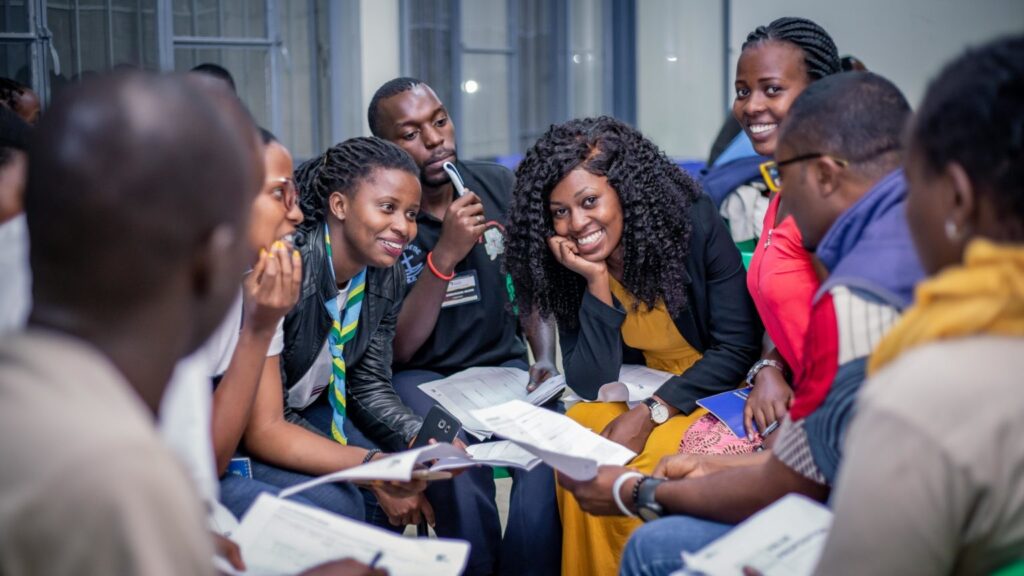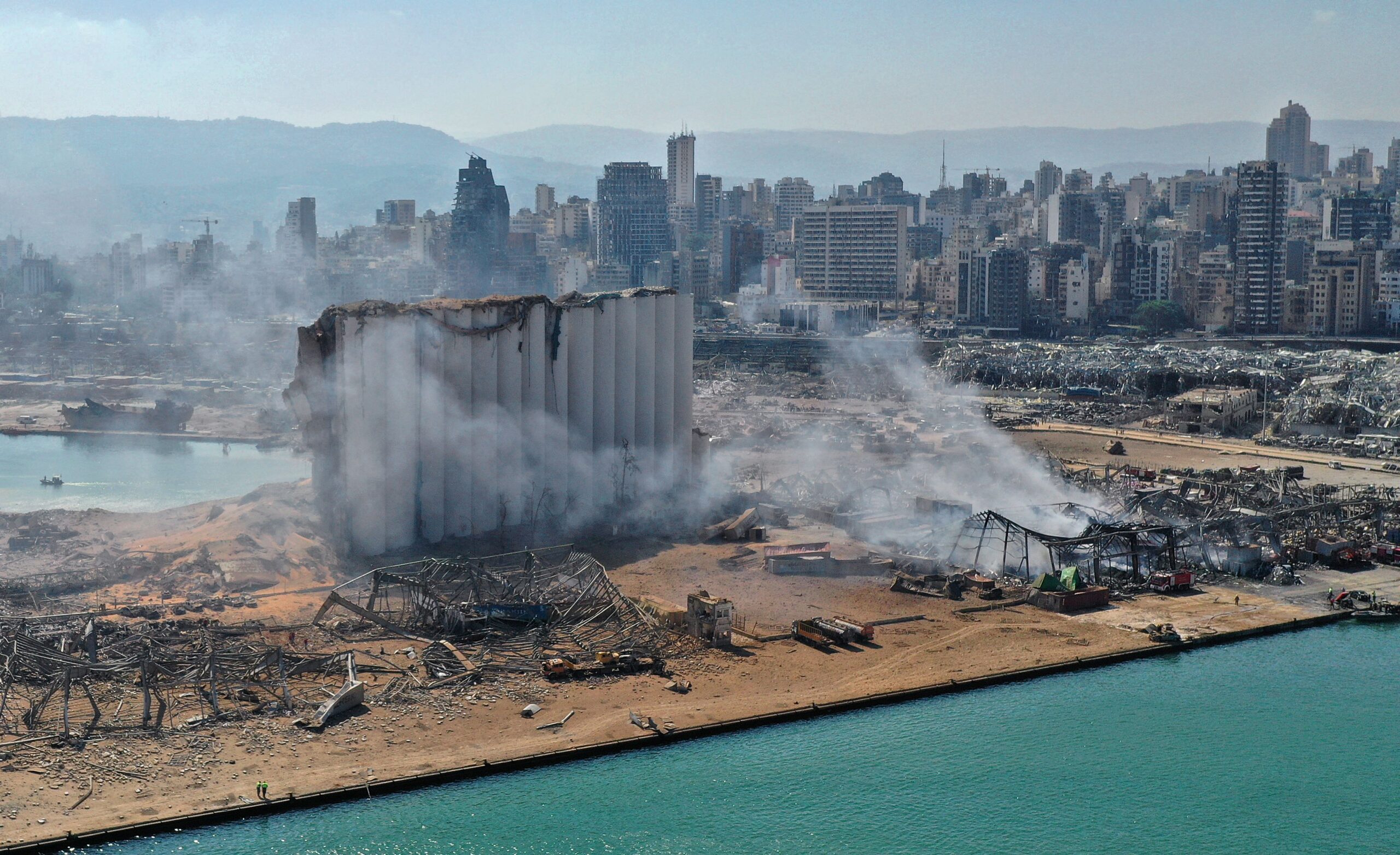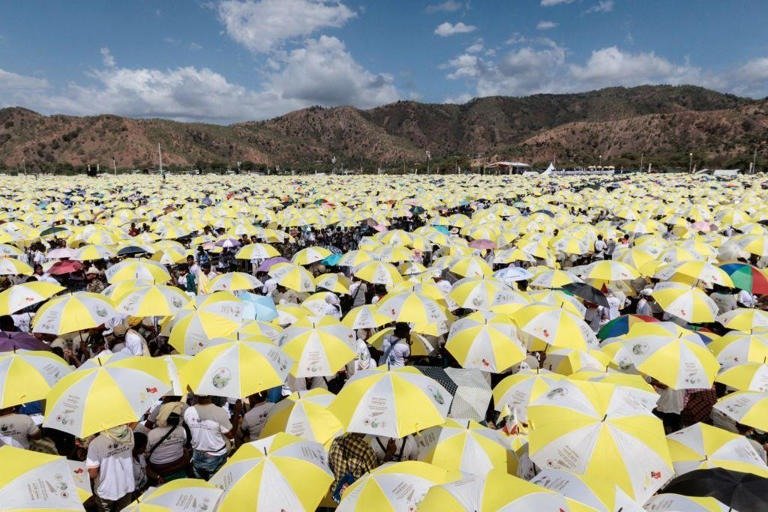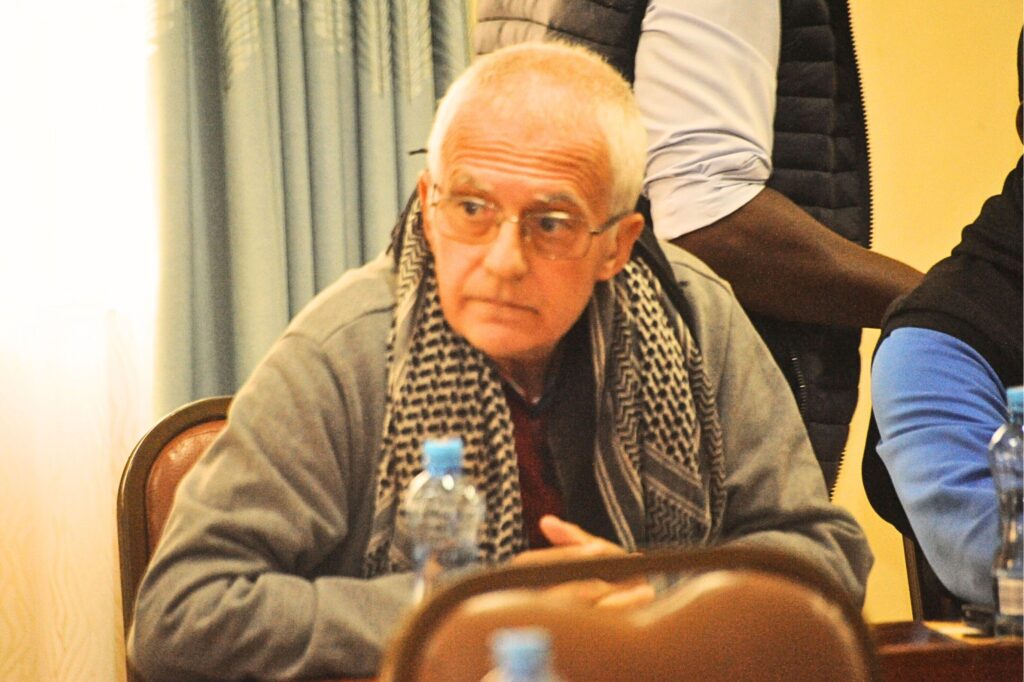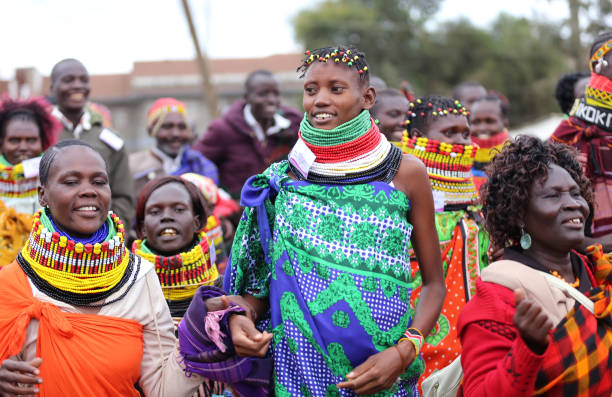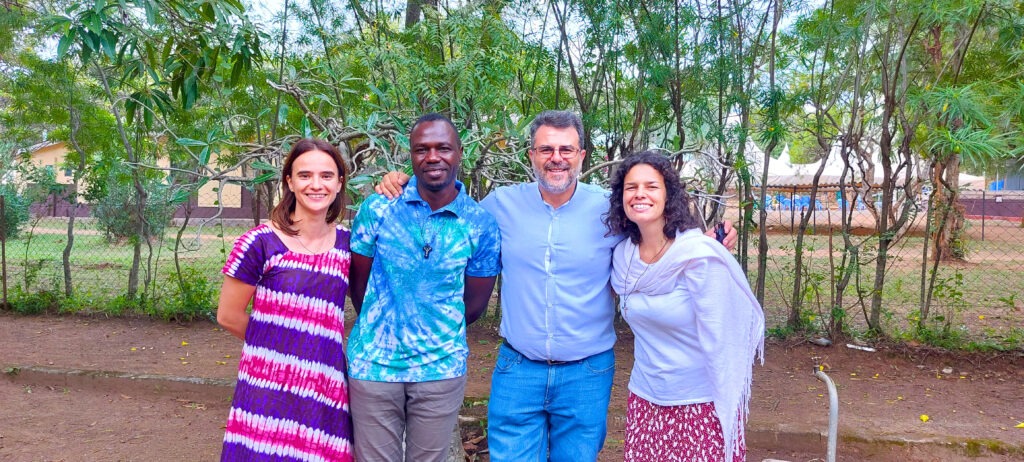The New Urban Agenda
It took 41 years for the United Nations Human Settlements Programme (UN-Habitat), established in 1978, to hold it first assembly. Are we to bet that things are finally progressing?
When I imagined a city, I used to think of lots of people living close to each other, cut off from nature and from each other, each family minding its own business, sharing public transport only when they absolutely have to, if there is no family car. The air is dusty, smoky and noisy, and there are piles of litter, because the city council cannot keep up with the removal service. Traffic jams cause people to spend extra hours away from their family every day, and this is not helped by the poor quality of the roads.
This could not be further from the ideal. Cities do not have to be noisy, dirty, dangerous, alienating places to live in, as poor alternatives to an idyllic rural life. In fact, many people choose to live in cities because of their convenience and cultural richness.
Optimism – This optimistic vision of cities was shared by the participants in the first ever UN-Habitat Assembly, held in Nairobi in the last week of May. Four heads of state, leaders of regional blocs, of city councils, of civil society, of UN agencies, of industry and planning, and many ordinary citizens from around the world, met for the week to discuss the theme of innovation for a better quality of life in cities and communities. What was under discussion was how human creativity can make it easier for people to live safely, sustainably, and inclusively in towns and cities, with nobody being left behind. Guiding the agenda of this assembly were the Sustainable Development Goal number 11, about cities and communities, and the New Urban Agenda agreed by UN Habitat in Quito, Ecuador in October 2016.
As usual, ‘the Church’ took an active part in this important forum about what is going on in our modern world. A delegation of three people from the nunciature of the Holy See in Nairobi were at the high-level discussions, and the head of the delegation presented the position of Pope Francis about cities. We can read a lot about the Pope’s ideas in his encyclical Laudato Si’ – On Care for Our Common Home. The statement of the Holy See quoted that document – “We were not meant to be inundated by cement, asphalt, glass and metal, and deprived of physical contact with nature” (no. 44) – and repeated Pope Francis’ call for city planners to integrate city design with the natural environment to enhance people’s quality of life.
Better places? – It struck me, at the Assembly, that many of the discussions were taking it for granted that cities are potentially better places than rural areas for people to live in a sustainable manner. Denser populations mean that people have to travel shorter distances to reach the necessary services, like schools, markets and hospitals. If they need to, they can travel relatively easily to work. It is easier for governments to provide water, electricity, internet, sewage and refuse collection, etc., when they do not have to stretch these services out for hundreds of square kilometres of urban sprawl.
In line with many of the recommendations from the Holy See, the experts discussed consultation of local communities in the design of their cities: how much common space to incorporate into the town plan; what recreation facilities they would like; how to enhance a sense of belonging and community; what gender-reserved spaces should be created, etc. And when it is necessary to move people for their own safety, the importance of consulting them in the whole process, rather than imposing a top-down decision. The experts were saying that it takes about 10 consultations with communities to get people on-side and to agree on solutions that work for the majority. So, work with communities is a slow and painstaking process. A computer game called ‘Minecraft’ was used as an example of how some communities are involved in a wide consultation about the design of their own public spaces.
Staggering projections – What I found less consoling is that many of the experts were almost taking it for granted that global warming will not in fact be limited to 1.5 degrees Celsius – the aim of the Paris Climate Accord (2016). About one billion people live in coastal cities that will be threatened by rising sea levels. And many more people will stream to towns and cities in the future, as rural life becomes harsher and harsher. How to make cities more resilient to the effects of climate change, and how to accommodate the growing number of people moving to the cities received a lot of attention in the discussions. Projections for the growth of cities were staggering. About half of the urban infrastructure that will be needed by 2050 is not in place yet, and so there is a lot of room for intelligent people-centred design.
It is possible – I was heartened to hear discussion about almost a billion people living in slums around the world. Rather than living in denial and turning a blind eye to their needs, everything possible should be done to improve their living conditions. A very good presentation was given by young people about how some areas of Mathari slum in Nairobi have been cleared of rubbish, and been turned into public space. Images were given of the ‘before’ and ‘after’, illustrating how the community now benefits from this enhanced public space.
One wonders why it took 41 years between the foundation of UN Habitat and this first assembly. But given the enthusiasm and energy that I saw at the assembly, it is good news that this important activity will now be held every four years.



